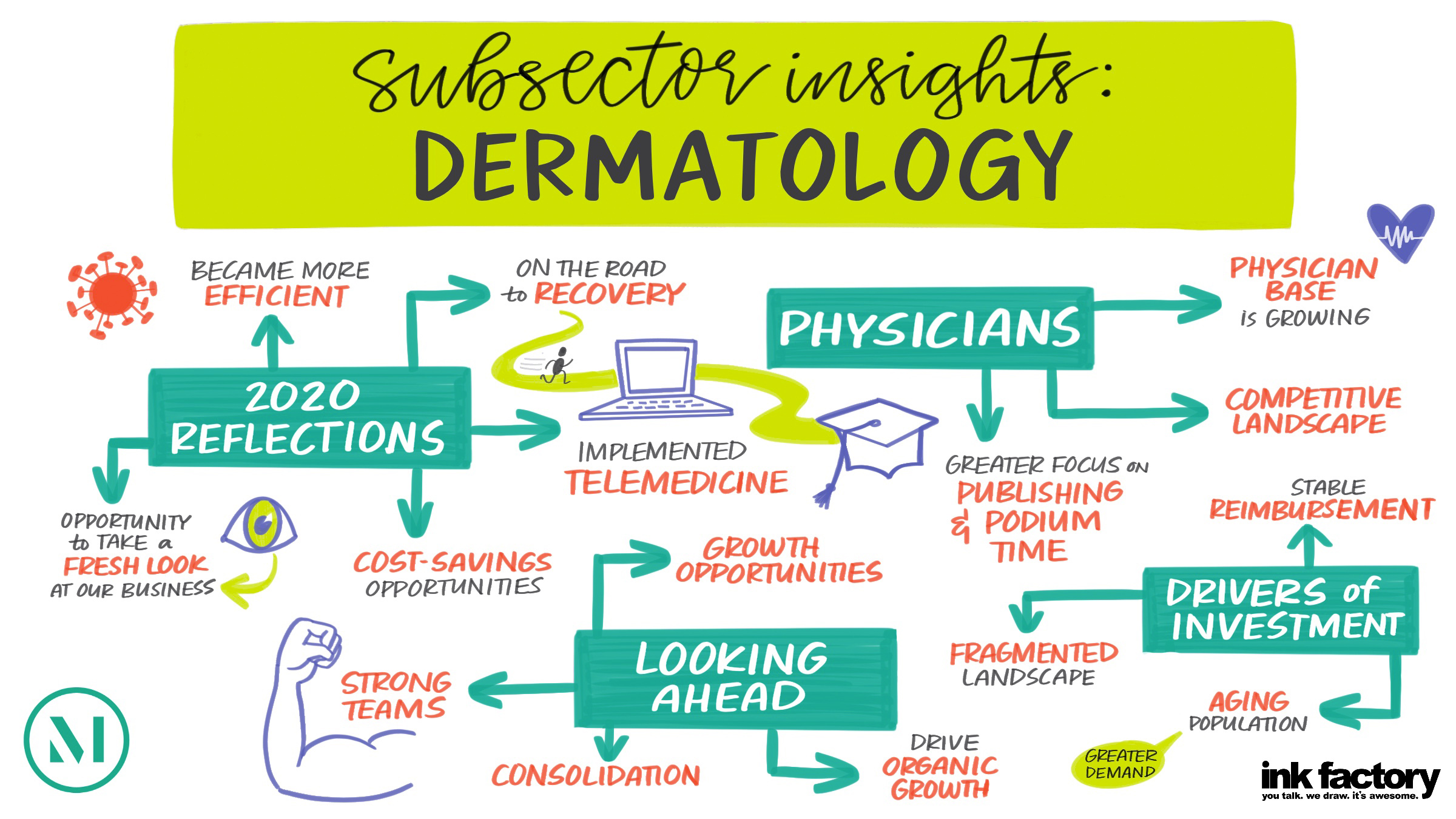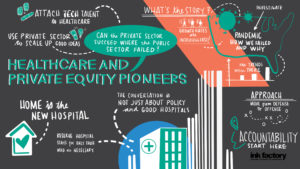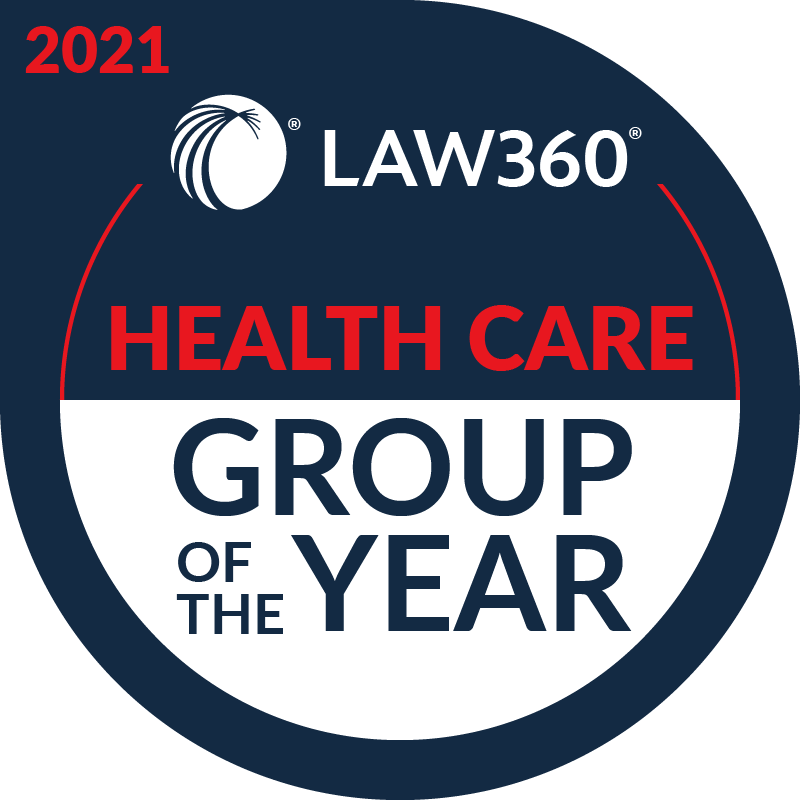In this moderated session, panelists discuss how physician practice management companies (PPMs), ambulatory surgery centers (ASCs) and health systems are both competing and collaborating in the evolving healthcare environment.
Session panelists included:
- Lexa Heinz, Vice President, Iron Path Capital
- Chris Kehres, Chief Growth Officer, executive vice president of finance, GI Alliance
- Andy McCawley, Chief Development Officer, United Surgery Partners International
- Gary Ruff, Vice President, Ambulatory Surgery Centers, CHRISTUS Health
- Moderator: Jay Greathouse, Partner, McDermott Will & Emery
Top takeaways included:
- Physicians are looking for three key items: (1) partnerships with ASC operators or health systems that can bring higher and/or better rates, (2) assistance with recruitment that ensures older physicians will get their buyout at retirement and younger physicians are not saddled with operations or debt of a center, and (3) management responsibility for ensuring that centers are operating efficiently.
- Since the COVID-19 pandemic, health system partners are being more proactive versus reactive to volume leaving a hospital setting. For example, more health system partners are willing to have employed physicians invest in its surgery centers and are using it as a recruitment and retention tool for employed physicians.
- Physician consolidation is helpful because it creates more value in the form of higher rates or ancillaries, which are income drivers, and assists with recruitment. Physician consolidation also is helpful in expanding geographic footprints, as a larger practice may be present in multiple markets.
- Certificate of need (CON) requirements are a big challenge to bringing health systems into [...]
Continue Reading
read more

 Subscribe
Subscribe







